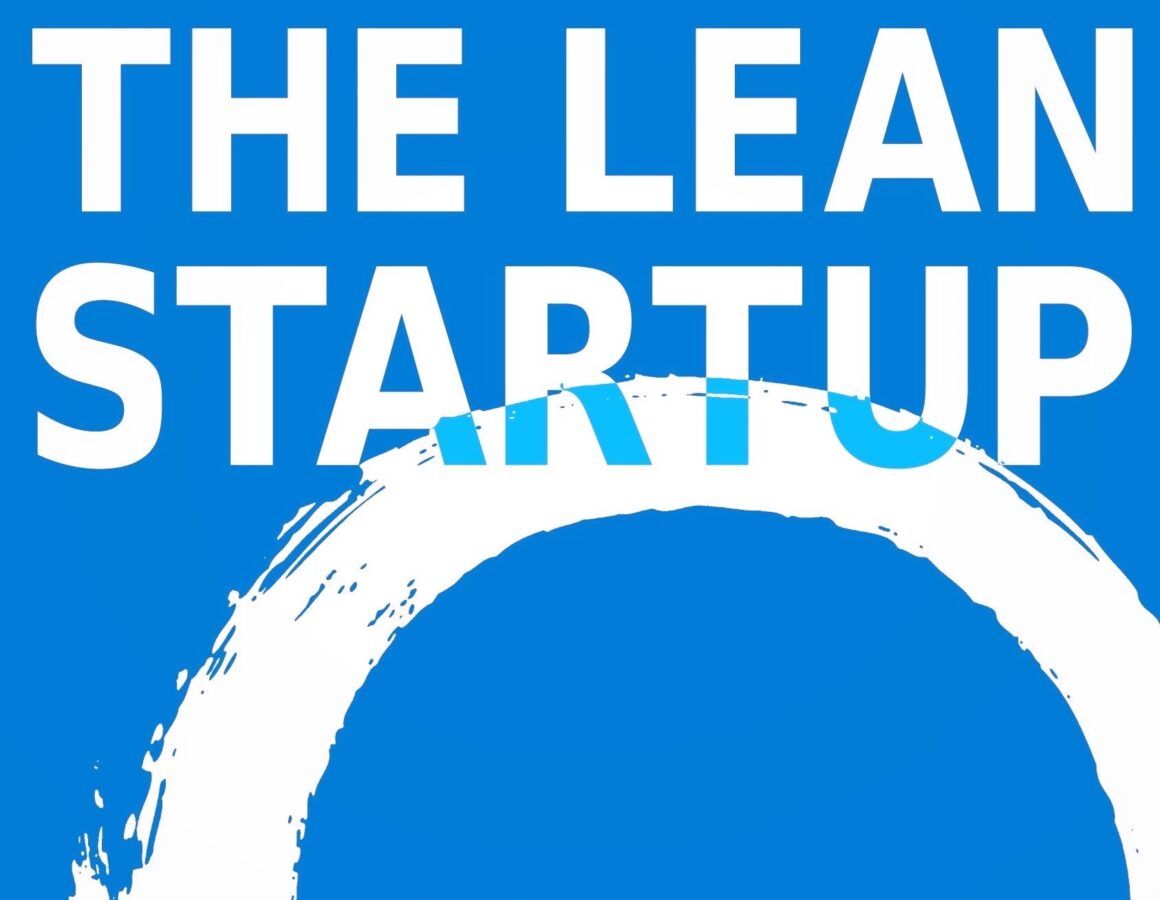When it comes to building a successful tech company, efficiency is key. The Lean Startup methodology is a proven approach that helps companies minimize waste and maximize their chances of success. By focusing on building only what is necessary and constantly iterating based on customer feedback, companies can save time and money while increasing their likelihood of delivering a product that meets market demands.
Key Principles of Lean Startup Methodology
At the core of the Lean Startup methodology are several key principles that guide companies in their product development process:
Build-Measure-Learn Feedback Loop
This is the foundation of the Lean Startup methodology. Companies build a minimum viable product (MVP), measure its performance through key metrics, and learn from customer feedback to make informed decisions about future iterations. This cyclical process allows companies to quickly adapt to market demands and improve their product based on real data.
Validated Learning
Instead of relying on assumptions or gut feelings, the Lean Startup methodology emphasizes the importance of validated learning. By testing hypotheses through experiments and collecting data, companies can make data-driven decisions that increase the likelihood of success.
Implementing Lean Startup Methodology in Tech Companies
For tech companies looking to adopt the Lean Startup methodology, there are several key steps to follow:
Identify Your Target Market
Before building a product, it’s crucial to identify your target market and their pain points. By understanding your customers’ needs, you can build a product that addresses their specific challenges and stands out in the market.
Build a Minimum Viable Product (MVP)
Instead of spending months or years building a perfect product, focus on building a minimum viable product that addresses the core needs of your target market. This allows you to quickly test your product in the market and gather valuable feedback for future iterations.
Collect and Analyze Data
Once your MVP is in the hands of customers, collect data on how they interact with your product. Analyze key metrics such as user engagement, retention rates, and customer feedback to understand what is working and what needs improvement.
Iterate Based on Customer Feedback
Use the data collected from your MVP to inform your decisions on future iterations. Make small, incremental changes based on customer feedback to continuously improve your product and better meet market demands.
The Benefits of Lean Startup Methodology
By following the principles of Lean Startup methodology, tech companies can enjoy several benefits, including:
Reduced Time to Market
By focusing on building only what is necessary and iterating quickly, companies can bring their products to market faster than traditional development methods. This allows companies to stay ahead of the competition and respond to market changes more effectively.
Cost Savings
By minimizing waste and focusing on building only what is essential, companies can save money on development costs. This efficiency allows companies to allocate resources more effectively and invest in areas that drive growth.
Increased Likelihood of Success
By continuously testing hypotheses and iterating based on customer feedback, companies increase their chances of delivering a product that meets market demands. This customer-centric approach reduces the risk of failure and increases the likelihood of success.
In Conclusion
Lean Startup methodology offers a proven approach to building tech companies efficiently. By following key principles such as the Build-Measure-Learn feedback loop and validated learning, companies can minimize waste, save time and money, and increase their chances of success. By identifying their target market, building a minimum viable product, collecting and analyzing data, and iterating based on customer feedback, companies can create products that meet market demands and drive growth.
